A 5 Mile Run Primarily Uses Which Energy System
According to the 2017 World Journal of Cardiology article anaerobic activity is powered by energy within the muscles and not dependent on inhaled oxygen as with aerobic exercise. The body uses 3 different systems to supply cells with the necessary ATP to fuel energy needs.
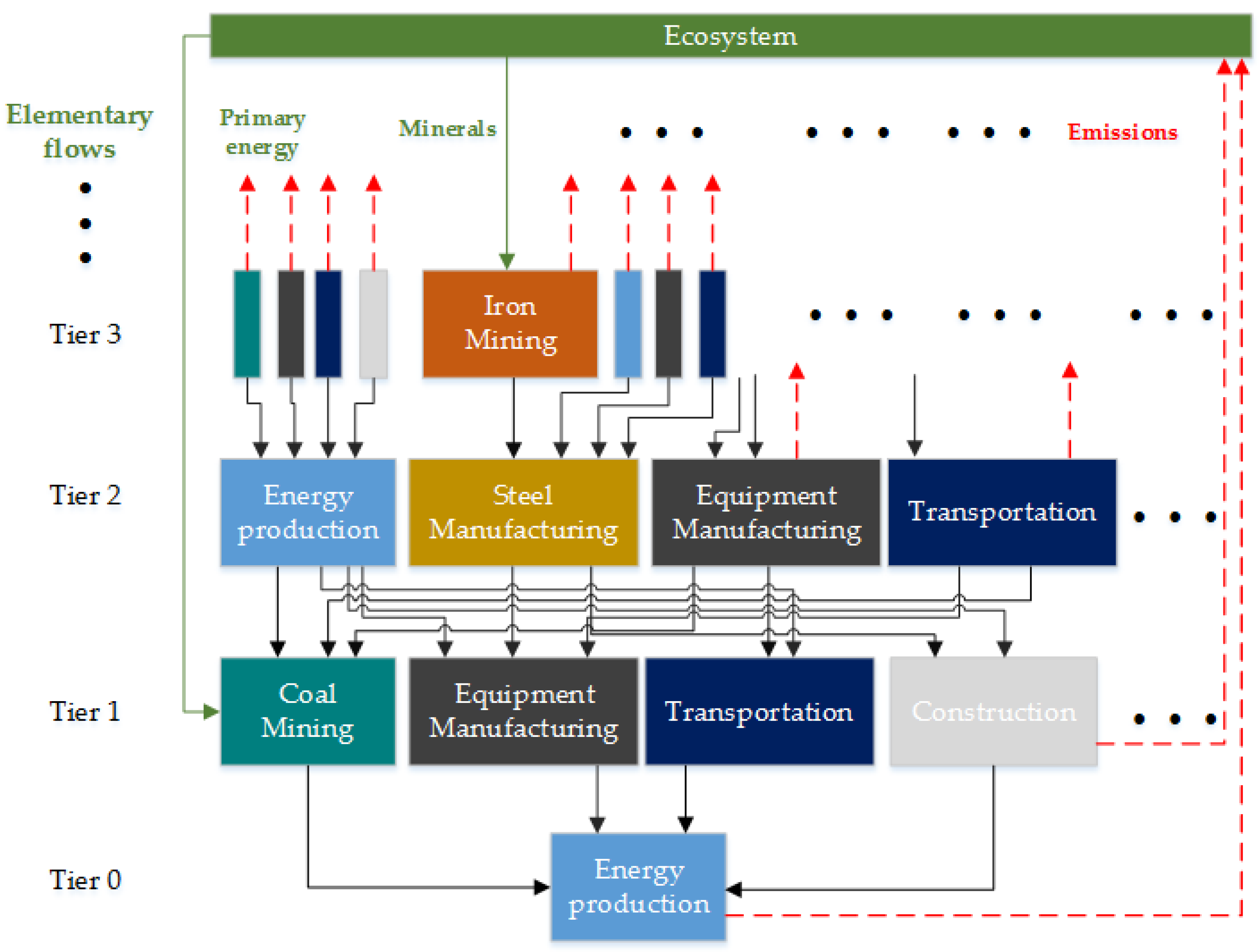
Processes Free Full Text Modeling And Simulation Of Energy Systems A Review Html
Most of the bodys activities use a continuum of all three energy systems working together to ensure a constant supply of energy.
. 47 - 59 200m. As a wide range of values has been reported for the relative energetics of 400-m and 800-m track running events this study aimed to quantify the respective aerobic and anaerobic energy contributions to these events during track running. The Three Energy Systems.
The anaerobic meaning without oxygen system provides energy for more intense activities of shorter duration such as sprinting. Slow glycolysis is exactly the same series of reactions as fast glycolysis that metabolise glucose to form two ATPs. A two-mile run d.
We use the respiratory system to bring oxygen into the body where it interacts with food and. There are two main forms of synthesis of ATP. And what happens during this process is ATP is broken down to provide energy and then youre left with something called ADP.
The phosphagen system also called the ATP-CP system uses our muscles store of creatine phosphate and their small store of ATP to anaerobically power short bursts of running. ATP and creatine phosphate also called phosphocreatine or PCr for short make up the ATP-PCr system. And running more than 45 hours.
Explain the 15 Mile Run Test. Bioenergetics is the field of. As the fastest way to resynthesize ATP the phosphagen system is the predominant metabolic energy system used for all-out exercise lasting up to about 10 seconds.
100 meters Gymnastics routines strength training. It fuels all your physical functions eating breathing running hill sprints. But there is nothing about a 1000 breakdown or 5-10 miles of running that will enable your sprinter to improve from 125 to 122.
Aerobic - anaerobic energy system contributions for male track athletes were 3000m. The aerobic energy system is primarily used in distance running. Known also as immediate energy system phosphagen system and alactic anaerobic system the ATP PCr system is the main energy provider for a high intensity exercise of short duration up to 10 seconds for example lifting a weight swinging a golf club doing a push up and throwing a hammer.
This data collected during specific track running events compares well with previous estimates of relative energy system contributions. Aerobic which uses oxygen from the bloodstream and anaerobic which does not. Its what your body primarily uses for energy.
The energy to re-synthesize ATP and CP comes from the lactic acid system as well as from a third system the aerobic energy system which uses oxygen to restore ATP and CP. Aerobically the body can create energy for running through the use of glucose and fats in the presence of oxygen. Slow glycolysis aerobic glycolysis Krebs cycle citric acid cycle or tricarboxylic acid cycle Electron transport chain.
The oxidative system consists of four processes to produce ATP. The process of running uses a lot of energy and this energy is provided to us by cellular respiration. The PC stands for phosphocreatine.
Complete ATP resynthesis occurs within 3-5 minuteshence the. 86 - 14 1500m. These systems aim to provide your body with enough ATP in a timely manner to.
A sprint down a football field b. The phosphagen system uses creatine phosphate to generate ATP which is depleted during high-intensity exercise like weightlifting and sprinting. And where the creatine phosphate comes in is it donates this phosphate group to ADP to reform ATP.
All three of your energy systems ultimately run on adenosine triphosphate or ATP. 77 - 23 800m. Creating aerobic energy for running using glucose.
Bioenergetic systems are metabolic processes that relate to the flow of energy in living organisms. ATP adenosine triphosphate is the primary energy currency of the body and when. The cardiorespiratory system is made up of the cardiovascular system and the endocrine system.
Typically running events such as the 10km to ultra-marathon events are run aerobically. Whereas the previous systems have related to higher intensity work or. 100 200 400 meter Swimming.
A number of factors determine which of these energy systems is chosen such as exercise intensity for example. This is known as aerobic glycolysis. Oxidative Aerobic System The first or third system is the Oxidative phase.
In this phase as the term indicates you are using oxygen to fuel the breakdown of carbohydrates first free fatty acids second and if the exercise continues long enough -protein. 60 - 40 400m. Swimming for 5 minutes c.
Those processes convert energy into adenosine triphosphate ATP which is the form suitable for muscular activity. However since there is a limited amount of stored CP and ATP in. 15 mile run test 10 mile walk test step test astrand- rhyming 12-min swim test.
Sixteen trained 400-m 11 males 5 females and 11 trained 800. The first system is the ATP-PC system. There may be some health benefits to running every day but you may only need to run for 5 to 10 minutes a day.
Now the ATP-PC system can provide rapid amounts. Name the 5 tests to assess cardiorespiratory fitness. Give Examples of anaerobic activities.
Aerobic training is good for the development of the cardiovascular system to enable you to recover from the tough workouts and helps in the development of running more reps and learning to run rounds. Which of the following activities would be primarily fueled by the anaerobic energy system. It provides ATP adenosine triphosphate which is what your body uses to power muscular activity for short-duration activities lasting up to 30 seconds.
Within these cells and from these energy sources adenosine triphosphate ATP is formed to provide fuel. There are three separate energy systems through which ATP can be produced. This process partly accounts for excess post-exercise oxygen consumption or EPOC and explains why sprinters breathe heavily after a race despite relying almost entirely on anaerobic metabolism.
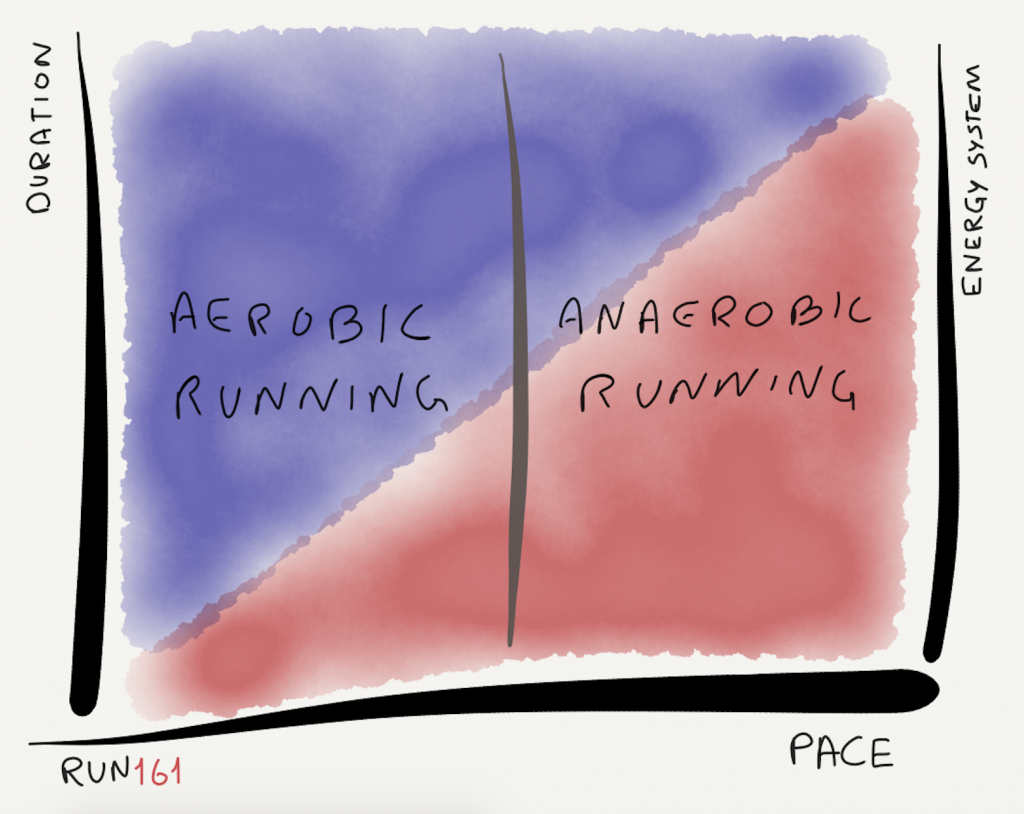
Aerobic Running Improves Your Engine And Makes You Faster Run161
Energy Systems Anaerobic Athlete
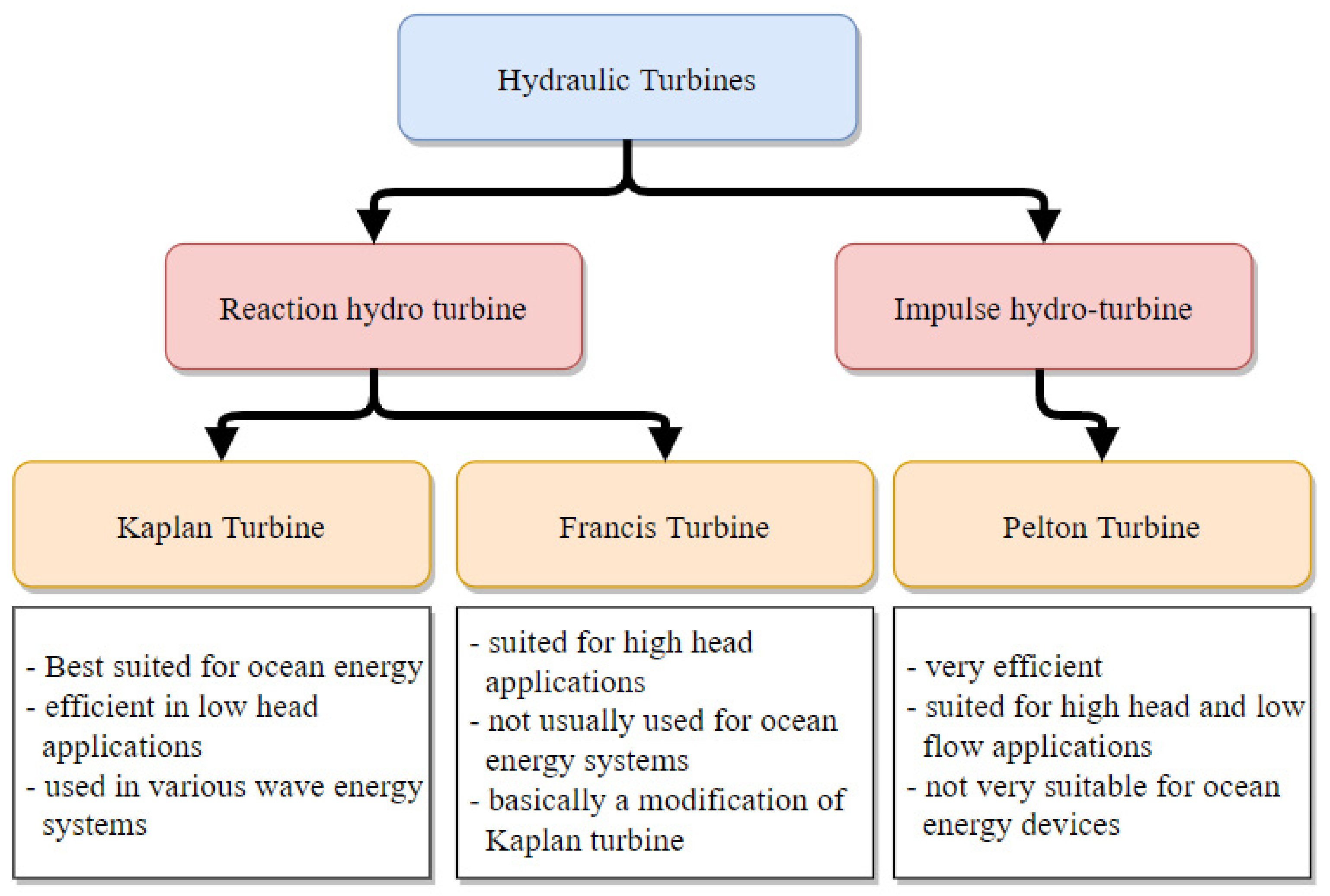
Sustainability Free Full Text A Critical Review Of Power Take Off Wave Energy Technology Leading To The Conceptual Design Of A Novel Wave Plus Photon Energy Harvester For Island Coastal Communities Rsquo Energy Needs Html
Exercise Related Bioenergics Aka How We Use Energy Part 1
Energy Systems Anaerobic Athlete

Understanding Energy Systems Atp Pc Glycolytic And Oxidative Oh My Breaking Muscle
Energy Systems Anaerobic Athlete

Fuel Sources For Exercise Nutrition Science And Everyday Application
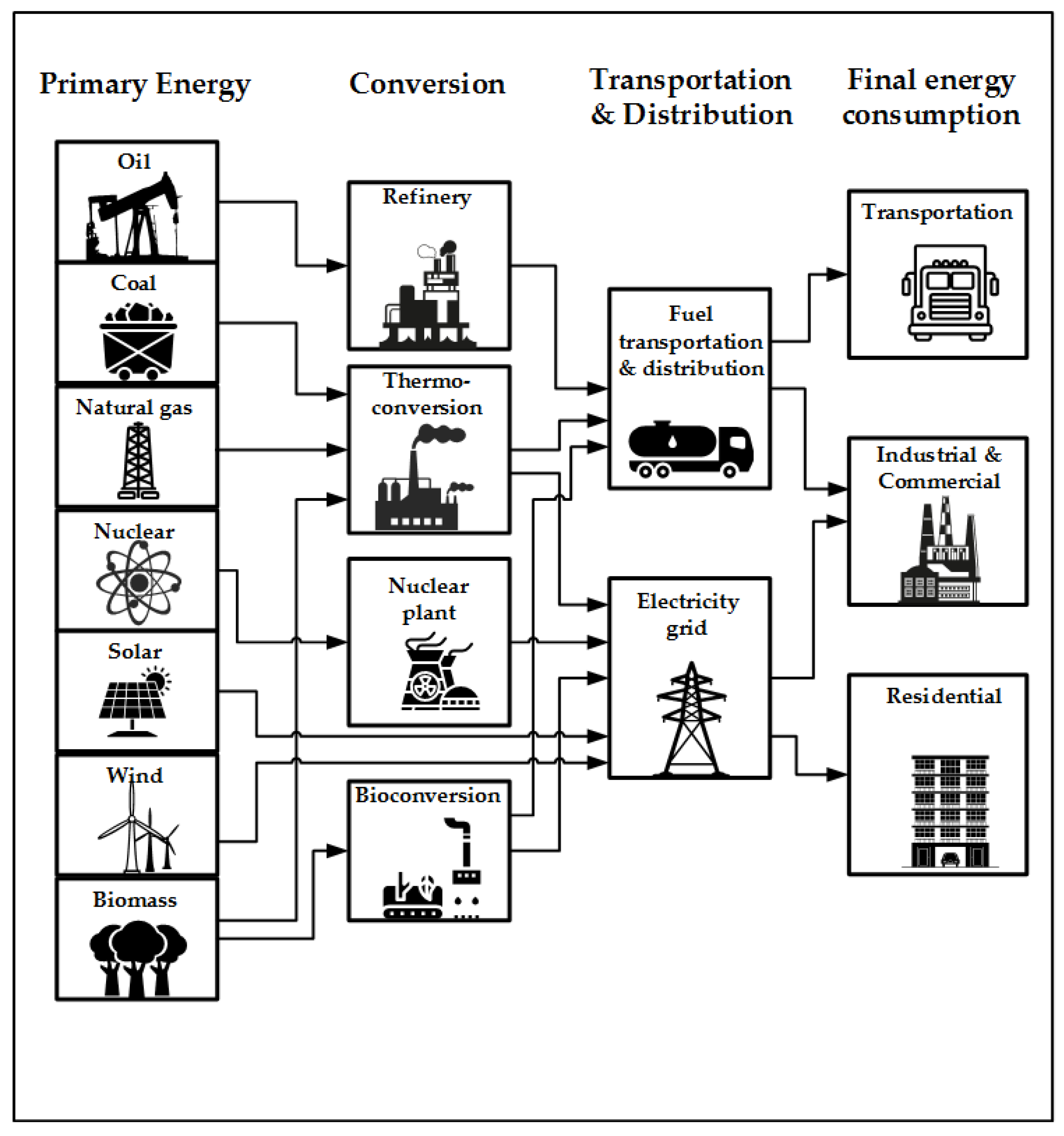
Processes Free Full Text Modeling And Simulation Of Energy Systems A Review Html

Energy Supply For Muscle The Nicholas Institute Of Sports Medicine And Athletic Trauma
Energy Systems Anaerobic Athlete
Exercise Related Bioenergics Aka How We Use Energy Part 1
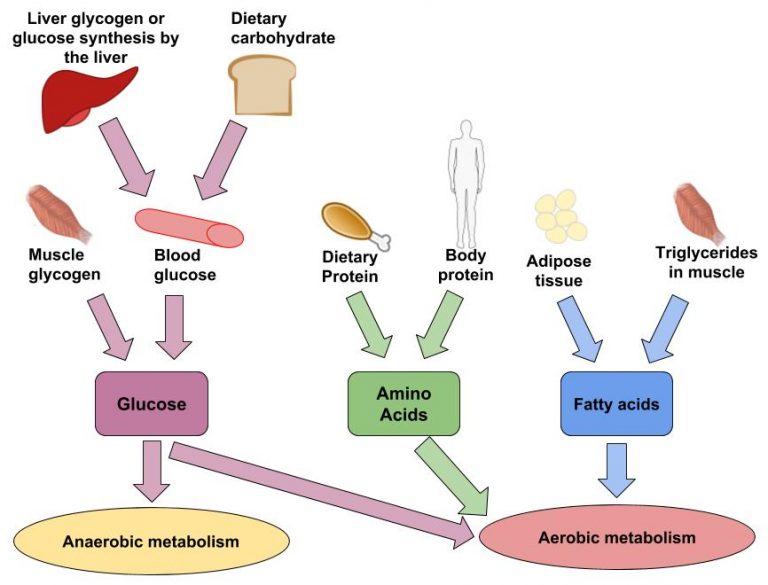
16 4 Fuel Sources Medicine Libretexts

Fuel Sources For Exercise Nutrition Science And Everyday Application

Cardiorespiratory Endurance Ppt Download
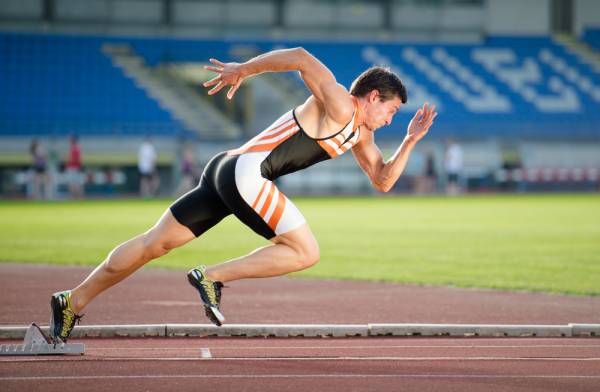
Understanding Energy Systems Atp Pc Glycolytic And Oxidative Oh My Breaking Muscle
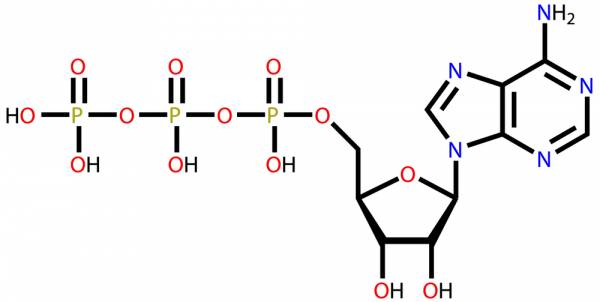
Understanding Energy Systems Atp Pc Glycolytic And Oxidative Oh My Breaking Muscle
Comments
Post a Comment